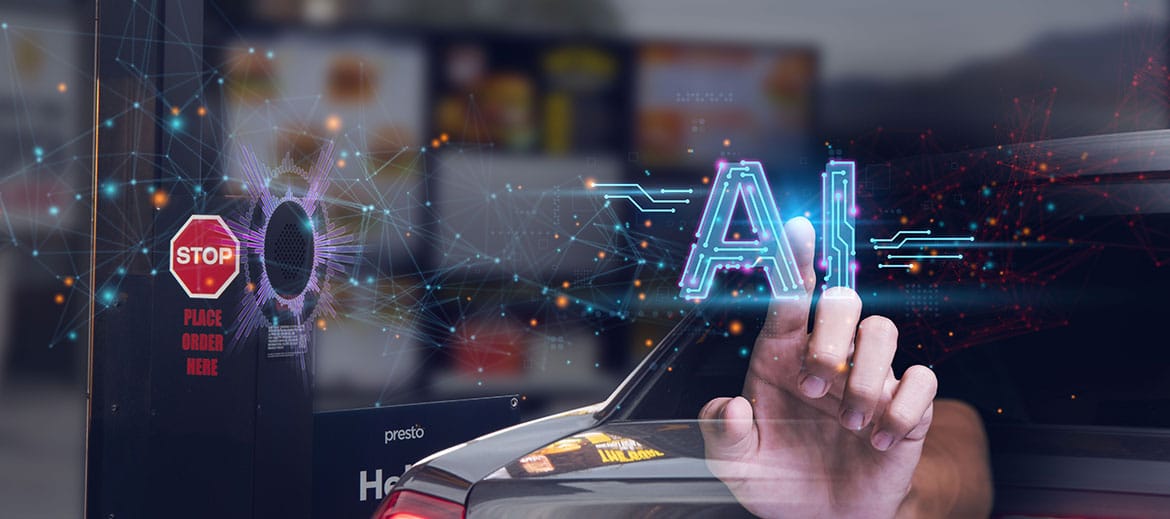Mobile payment technologies are quickly being adopted by smartphone users. This means that restaurants will need to adapt their way of processing payments in order to retain the ever growing population of tech-savvy customers. An unwillingness to alter decades-old payment practices, such as taking a physical credit card to the BOH for processing on a POS, will increasingly result in lost customers.
As evidence of this trend, the National Restaurant Association conducted a survey recently in which it found that 20% of smartphone users regularly use a mobile payment app to pay for their restaurant purchases. Fully 39% said they would use mobile payment technology if it were available.
Operators are also adopting mobile payment technologies, according to the NRA, especially in the QSR and Fast-Casual segments. In QSR 43% of operators indicate that they already offer mobile payment technology, while another 26% plan to do so in the next year. In Fast-Casual the numbers were also significant, with 31% already accepting mobile payments and another 25% planning to do so in the next year.
Security is a big driver in mobile payment adoption. According to Laura Knapp Chadwick, NRA’s Director of Commerce and Entrepreneurship, “many mobile payment apps encrypt or scramble credit card information before it ever reaches a restaurant’s mobile payment acceptance terminal”.
Another important driver is the increased penetration of EMV payment solutions, that increasingly incorporates NFC (Near Field Communications) payment processing for mobile. Many users are opting for mobile payment given fast transaction speeds, compared to 5-12 seconds or more for EMV payment processing. EMV processing delays are especially problematic for drive through, pick-up, and kiosks, where rapid processing is necessary to prevent long queues.
Operators also like mobile payments since, beyond the basic PCI security requirements, transactions with Apple & Android Pay take place on the mobile end instead of with the operator. In-app purchases are also popular since credit card and billing information is already contained within the app ecosystem, eliminating the need for operators to collect and process that data.
The rapid adoption of mobile payments technologies among both consumers and operators indicates that restaurants in all segments will need to quickly adapt. Not only will it be necessary to offer a mobile payment solution, but it will also be necessary to train staff and adjust the way payments are processed. Physical space will also need to be reconfigured and updated. Many restaurants have already begun to accept Apple Pay, Android Pay, Samsung Pay, as well as their own apps. This means reconfiguration of payment spaces and offering payment processing at the table.
The confluence of these factors, including consumer adoption, operator implementation, and technology drivers, are converging to require a move away from the established payment habits of the past several decades.



